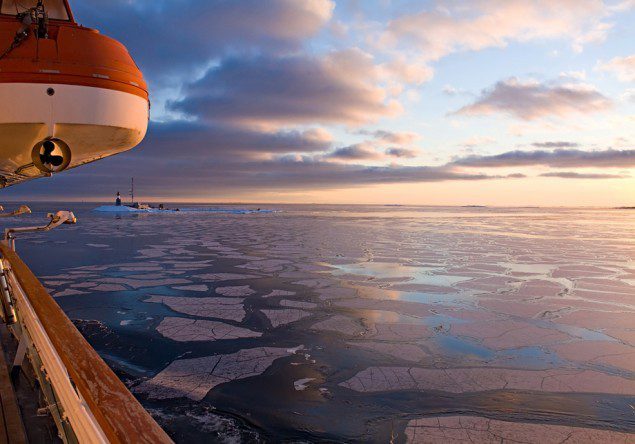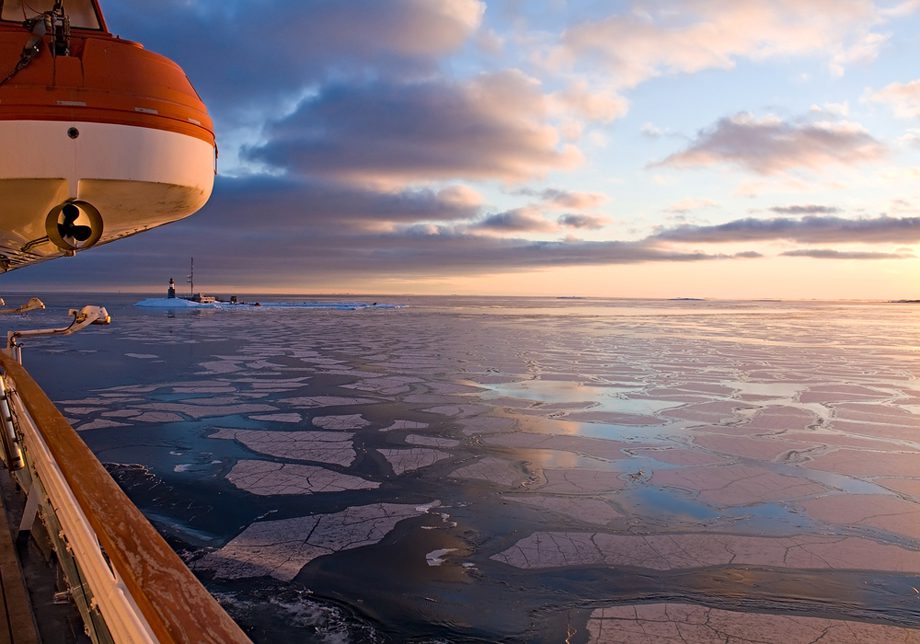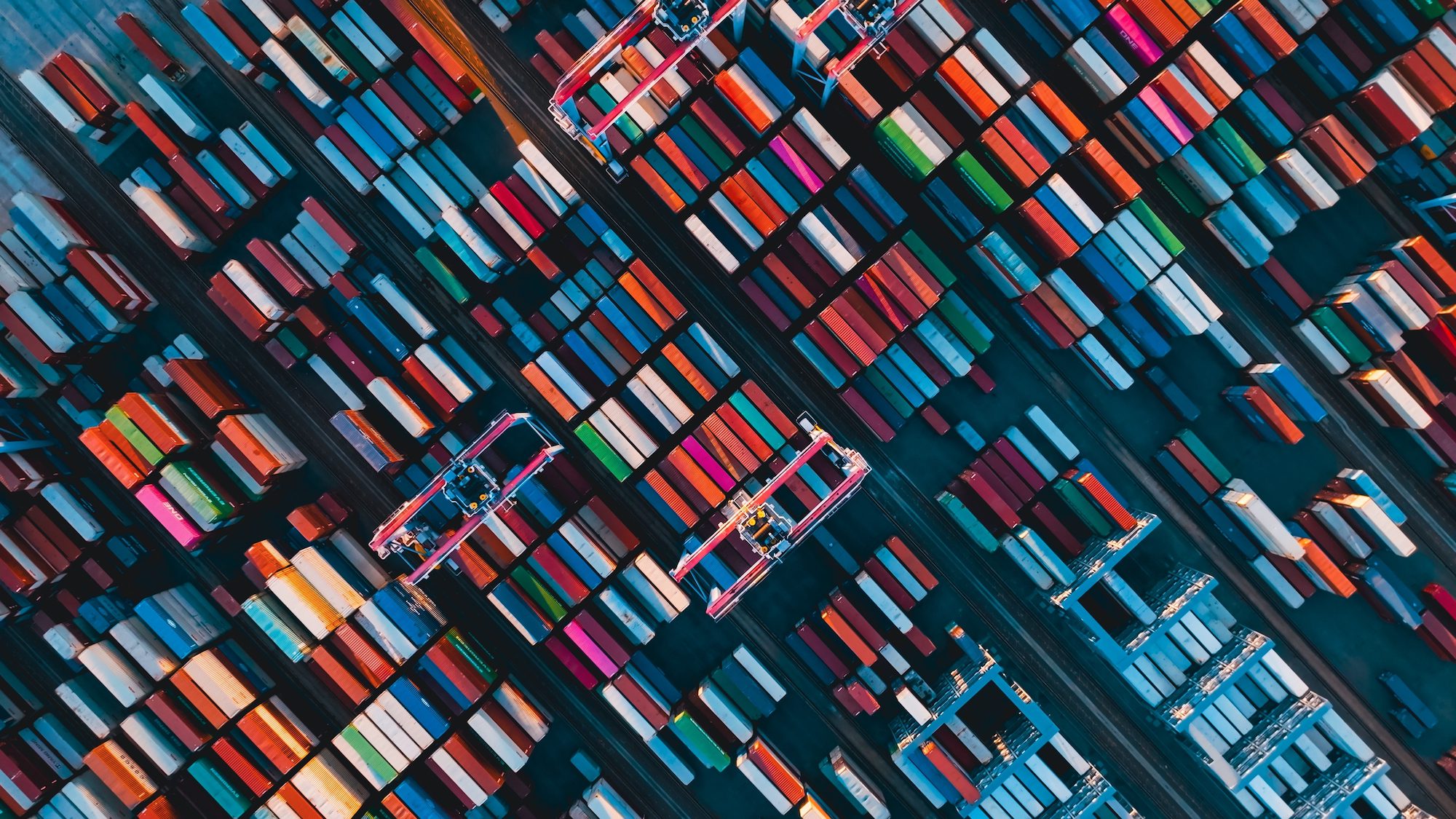
The Arctic Ocean’s ice cover is shrinking at a record pace this year after higher-than-average temperatures hastened the annual break-up of the sea ice.
The area of ocean covered by ice shrank to 4.93 million square kilometers (1.9 million square miles) on average for the five days through Aug. 15, according to the latest data from the U.S. National Snow and Ice Data Center in Boulder, Colorado. With as many as five weeks of the annual melt season left, it’s already the fourth-lowest annual minimum ever measured.
“Unless the melting really, really slows down, there’s a very real chance of a record,” Walt Meier, a research scientist at the NSIDC, said in a telephone interview. “In the last week or so it’s dropped precipitously. There’s definitely a chance it’ll dip below 4 million square kilometers.”
The shrinkage is the most visible sign of global warming according to Meier, and raises the prospect that the Arctic Ocean may become largely ice free in the summer. That opens up new shipping routes and is sparking a race for resources that’s led to Cairn Energy Plc and Royal Dutch Shell Plc exploring waters off Greenland for oil and gas.
New Frontline
“There’s a whole new frontline from a strategic standpoint,” said Cleo Paskal, a geopolitical analyst at Chatham House, a policy adviser in London. “Countries that have been kept apart by a wall of ice are now facing each other for the first time and countries like China are slipping up through the middle.”
China has an icebreaker, Arctic research stations, and is positioning to develop infrastructure in Greenland and tap the island’s mineral wealth, Paskal said in a phone interview.
Cairn drilled eight wells in two years through the end of 2011 in an unsuccessful attempt to find recoverable oil and gas reserves off Greenland. Shell, Exxon Mobil Corp., Chevron Corp. and Statoil ASA also hold licenses to drill off the Greenland coast.
The sea ice melts every summer before freezing again in September. The NSIDC uses a five-day average ice extent to iron out day-to-day anomalies. When more dark ocean is exposed, it absorbs more of the sun’s heat unlike the reflective ice, increasing the warming effect in a so-called feedback loop.
The increasing melt may be a harbinger of greater changes such as the release of methane compounds from frozen soils that could exacerbate warming, and a thaw of the Greenland ice sheet, which would contribute to rising sea levels, NASA’s top climate scientist, James Hansen, said in an e-mail interview.
Tipping Points
“Our greatest concern is that loss of Arctic sea ice creates a grave threat of passing two other tipping points — the potential instability of the Greenland ice sheet and methane hydrates,” Hansen said. “These latter two tipping points would have consequences that are practically irreversible on time scales of relevance to humanity.”
The United Nations estimates the Greenland ice sheet contains enough water to raise global sea levels by about seven meters (23 feet), though melting would take thousands of years.
Measurements from three satellites showed surface melt across 97 percent of Greenland’s ice sheet on July 12, the largest area in more than 30 years of observations, according to NASA. Like the sea ice, Greenland’s ice cap has an annual cycle of surface thawing and then re-freezing. Also last month, Greenland’s Petermann Glacier shed an iceberg about twice the size of Manhattan.
Arctic Temperatures
The lowest sea ice extent in a satellite record that goes back to 1979 was 4.17 million square kilometers, registered in September 2007. That compares with an average annual minimum area of 6.29 million square kilometers from 1979 to 2010. This year’s melt has been fueled by Arctic temperatures 2 degrees Celsius (3.6 degrees Fahrenheit) to 3 degrees Celsius warmer than in a typical year from June through mid-August, said Meier.
While the area of ocean covered by the sea ice is easier to gauge, researchers also take an interest in the thickness of the ice. Older ice that hasn’t melted from one year to the next tends to be more than three meters thick, while single-year ice is thinner and easier to melt.
“Now that we’re getting into the guts of how quickly the sea ice will go, it’s important to know the thickness,” said Pen Hadow, who in 2003 became the first person totrek solo and unassisted to the North Pole. “It’s become much more of a volume issue: area times thickness.”
Ice Thickness
Hadow in February plans to begin a 120-day traverse of the Arctic Ocean from Russia to Canada during which he’ll measure the thickness of the ice and make observations about ice ridges that form where ice floes crash together. The data he gathers will be used by scientists at the Centre for Polar Observation and Modelling in London who are also analyzing ice thickness data from the European Space Agency’s CryoSat-2 satellite.
“In some areas of the Arctic sea-ice, up to 40 percent of the volume is held in narrow vertical ridges where ice floes have crashed together,” Hadow said in a telephone interview. “Knowing how many ridges there are and knowing their height is increasingly interesting as we ever refine our models.”
Those models need updating. According to Meier, the computer models used in 2007 by the United Nations Intergovernmental Panel on Climate Change indicated the possibility of ice-free summers in the Arctic Ocean by 2100. Now, that may occur as early as 2030, a date earlier than predicted even by newer computer models, he said.
“It’s the most drastic change in the earth’s surface due to climate change,” said Meier. “It used to get to around 7 million square kilometers into the early 1990s. Now we’ve had just one year above 5 million in the last six years. That’s 30 percent below where we used to be.”
– Alex Morales, Copyright 2012 Bloomberg

 Join The Club
Join The Club












